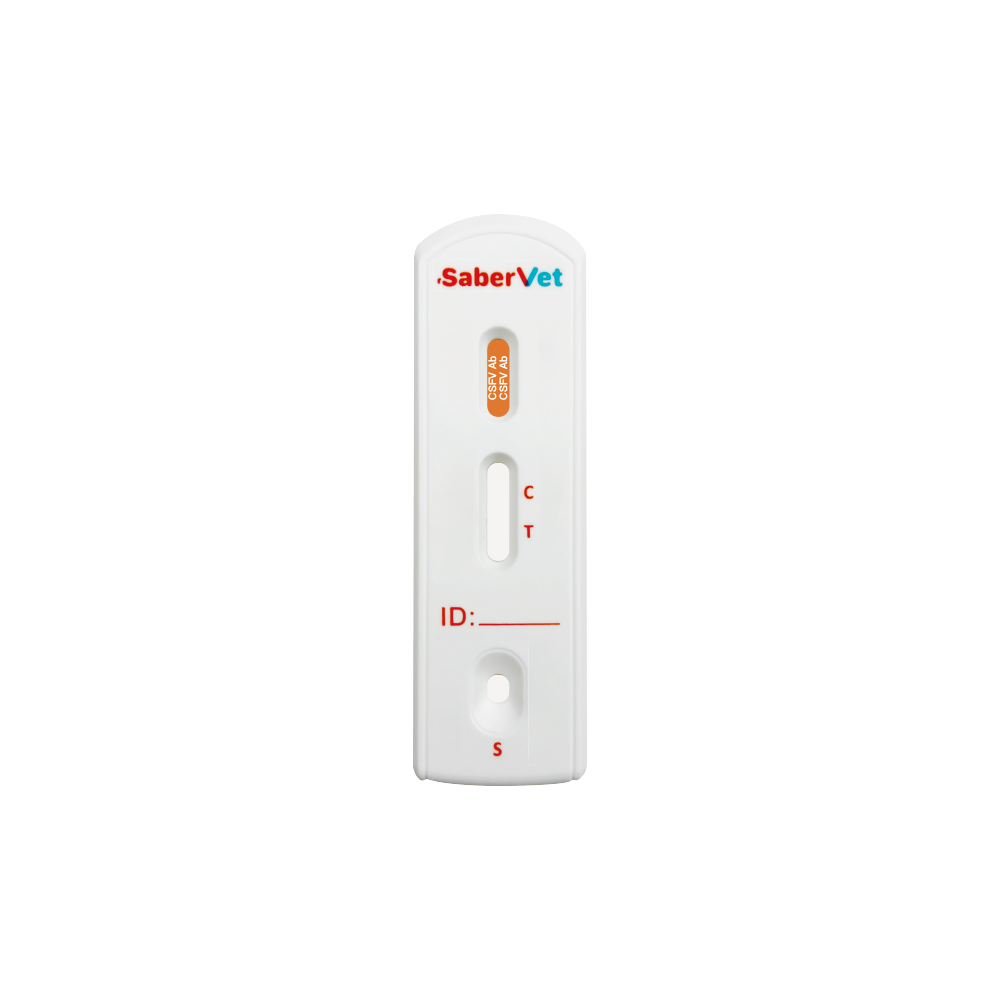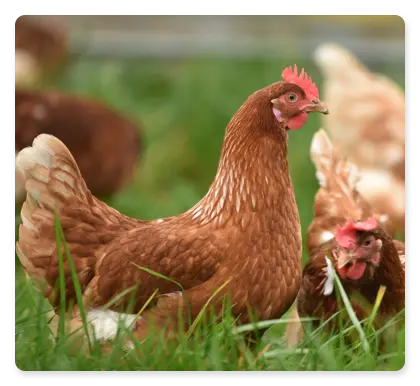Classical Swine Fever (CSF), also known as Hog Cholera, is a highly contagious viral disease caused by Classical Swine Fever Virus (CSFV). The disease is a major threat to the pig industry.
Clinical symptoms
Clinical symptoms of classical swine fever can be categorised into acute, sub-acute and chronic forms.
Acute swine fever
High fever: body temperature rises sharply, often to 41°C or more.
Loss of appetite: pigs do not eat or eat less.
Skin erythema: red or purple spots on the ears, abdomen and inner limbs.
Haemorrhagic symptoms: congestion of the conjunctiva of the eyes, haemorrhagic spots in the nose, mouth and ear roots.
Neurological symptoms: dyskinesia, hind limb paralysis, tremor and ataxia.
Dyspnoea: coughing, shortness of breath and salivation.
Subacute swine fever
Fever: elevated body temperature, but not as pronounced as in the acute phase.
Chronic symptoms: persistent diarrhoea, weight loss, stunted growth and coarse hair.
Mortality rate is low: however, growth of sick pigs is slow and economic losses are severe.
Chronic swine fever
Prolonged fever: intermittent low-grade fever.
Wasting: weight loss and growth retardation in pigs.
Haemorrhagic tendency: bleeding from subcutaneous and internal organs.
Immunosuppression: easy to complicate other diseases.
Transmission pathways
Direct contact
Pig to pig: spread through direct contact with body fluids (e.g. saliva, snot, urine, faeces, etc.) of infected pigs.
Sow to piglet: passed from sow’s milk or placenta to piglet.
Airborne: The virus can be spread by airborne droplets, especially in confined and poorly ventilated environments.
Indirect transmission
Contaminated items and equipment: contaminated feed, water, equipment and personnel can transmit the virus.
Contaminated environments: the virus can survive in the environment for a period of time and spread through contact with the contaminated environment.
Biological vectors
Insects and rodents: some insects and rodents can act as mechanical vectors.
Clinical Diagnosis
Clinical Symptom Observation
Initial diagnosis is based on typical high fever, haemorrhagic symptoms and neurological symptoms.
Laboratory Tests
PCR test: detection of viral RNA in tissues, body fluids or faeces by polymerase chain reaction (PCR) is a rapid and sensitive test.
ELISA: Detection of viral antibodies in serum using an enzyme-linked immunosorbent assay (ELISA) is used to assess infection and immune response.
Virus isolation: isolation of virus from tissues of diseased pigs for virus culture and identification.
Serological testing
Confirmation of CSFV infection by detecting the presence of antibodies in serum.
Pathological examination
Perform autopsy on sick and dead pigs to observe haemorrhage and necrosis of spleen, lymph nodes, kidneys and other organs.
Preventive measures
Vaccination: Vaccinate the herd against classical swine fever, especially breeding pigs and piglets.
Use inactivated or live attenuated vaccine, and set up a reasonable immunisation procedure according to the epidemiological situation of the disease and the type of vaccine.
Biosecurity measures: Strictly implement biosecurity measures, including isolation of newly introduced pigs, disinfection of personnel and equipment, and restriction of people and vehicles from entering and leaving the farm. Regularly monitor the disease conditions inside and outside the pig farm and take timely preventive and control measures.
Management measures
All-in-all-out: Adopt all-in-all-out feeding management mode to avoid mixing different batches of pigs. It helps to reduce the spread of viruses among herds.
Isolation and quarantine: newly introduced pigs should be isolated and quarantined to ensure that they are not infected with CSFV. regular health checks should be carried out to detect and deal with infected pigs in time.
Personnel training: Improve the awareness and prevention and control skills of breeders and veterinarians on CSF.
Therapeutic measures
There are no specific drugs for CSFV infection. The main treatment is symptomatic, providing supportive care and proper nutrition. Use antibiotics to control secondary bacterial infections.
Control measures
Isolation of sick pigs: Isolate sick pigs rapidly to prevent spread of the virus. Keep and care for infected pigs individually.
Disinfection and cleaning: Thoroughly clean and disinfect contaminated barns, equipment and environment to cut off the transmission route. Use effective disinfectants for regular disinfection treatment.
Sabervet Classical Swine Fever Virus Antibody Rapid Test
Sabervet Classical Swine Fever Virus Antibody Rapid Test offered by Antigenne, which is a fast, easy to perform and highly accurate test to help users detect classical swine fever virus infection.













